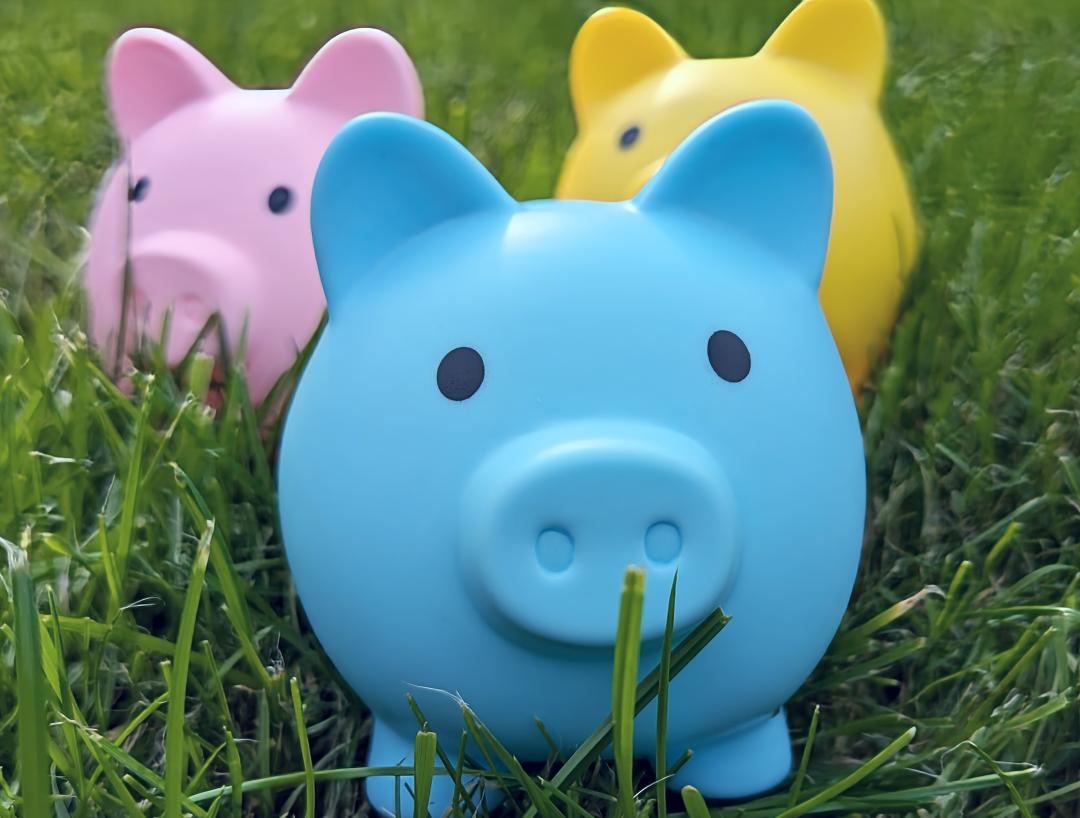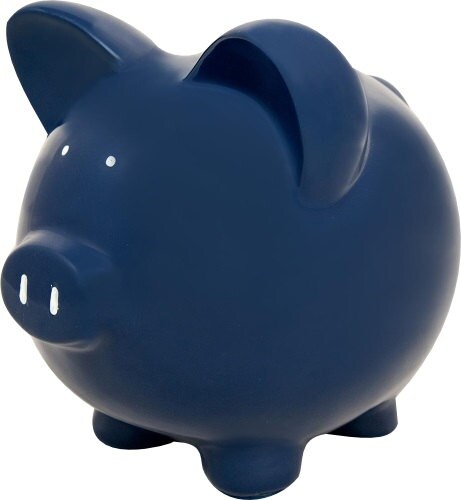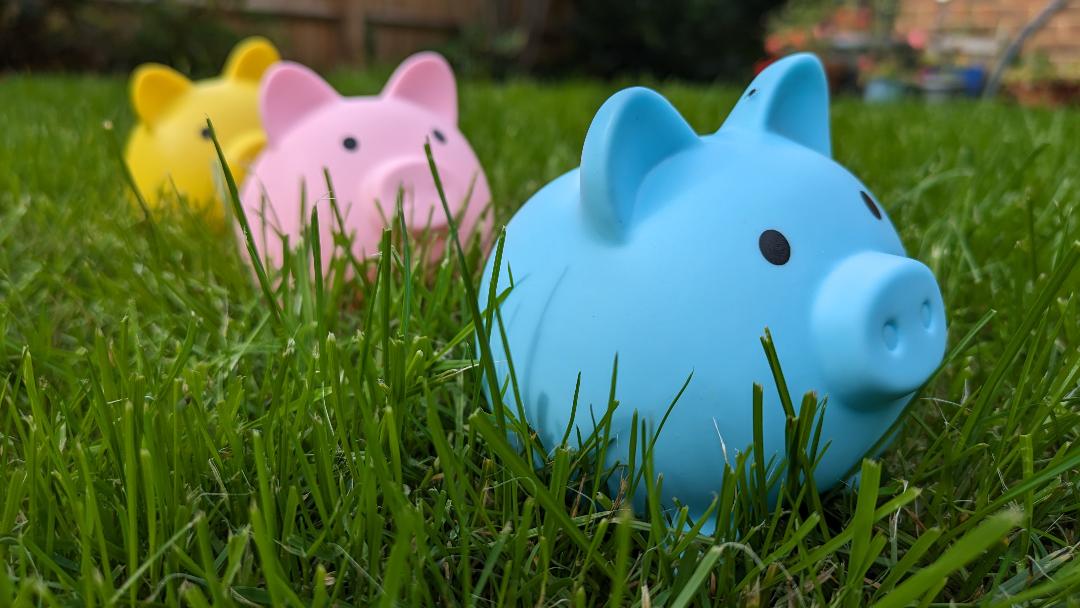Tax-free savings with an ISA
How do tax-free savings with an ISA work? With cash ISAs or individual savings accounts, you can save up to £20,000 per year tax- free, meaning the interest you earn is not taxable. Stocks and shares ISAs allow you to invest in the stock market and any income and capital growth you make is tax-free. An alternative tax-free option worth mentioning is premium bonds available from NS&I (National Savings & Investments). NS&I also offers government-backed saving and bond options (these may be taxable).
Individuals can save or invest, or a bit of both, up to £20,000 per tax year, tax free. You can pay into more than one ISA in a tax year, if they are different types of ISAs and the combined payments do not exceed the £20,000 annual limit. So, you can, for example, save £10,000 in a cash ISA and invest £10,000 into a stocks and shares ISA during the year. When you withdraw cash or sell shares in the future there will be no tax liability.
The annual tax year runs from 6th April to 5th April of the following year. The exception to the annual ISA allowance is the lifetime ISA or LISA which has an annual contribution limit of £4,000. LISA contributions fall within the annual £20,000 allowance. There are three types of ISAs that you should be aware of:
- Cash ISA
- Stocks and shares ISA
- Lifetime ISA (limit of £4,000 pa)
You must be 16 years or over to open a cash ISA and 18 years old to open the other ISAs. The lifetime ISA (LISA) has an upper age limit of 40 years and is available to persons aged 18 to 40 years. Junior ISAs (JISAs) are available for children aged 16 and under.



The lowdown on ISAs or individual savings accounts & premium bonds
NS&I Premium Bonds
NS&I premium bonds do not pay interest, but your bonds are entered into a monthly tax-free prize draw. The minimum amount required for a premium bond is £25. As they do not earn interest they will not keep up with inflation. This means the purchasing power of your savings is being eroded year on year. NS&I does offer ISAs and bonds that pay a fixed rate of interest. The interest on bonds may be taxable depending on your total interest earned in the tax year.
Cash ISAs
Most banks and building societies offer cash ISAs or individual savings accounts. It is worth shopping around and comparing interest rates as these can vary. Interest that you earn on a cash ISA is tax free. You may find regular savings accounts paying a higher rate of interest than ISAs. If your interest for the year is less than the tax allowance of £1,000, it will be better to put your savings in a regular savings account with a higher interest rate.
Lifetime ISA or LISA
The lifetime ISA or LISA is designed to save for your first home or retirement. The LISA is the exception to the £20,000 annual limit, as you can only contribute a maximum of £4,000 in a tax year. The government will add another 25% to the contributions that you make into a LISA, up to a maximum of £1,000 per year. If you contribute £4,000 to a LISA, the government will add 25% or £1,000, taking the total contribution to £5,000 for the tax year. There are restrictions and penalties for withdrawals from a LISA which are explained in more detail below.
Stocks and Shares ISAs
Stocks and shares ISAs allow you to buy shares in companies or stock market funds. This does involve risk as shares can go up or down in price. You should view this as a long-term investment. When share prices increase your capital value increases. The shares may also pay dividends which is the income earned on the shares. Some stocks and share ISAs allow investment into stock market funds only, whilst others allow you to choose individual company shares. Make sure you check the fees, as these can vary significantly and impact long-term growth.
Learn more about investing with an ISA
Withdrawing money from a LISA
There are restrictions on withdrawing money from a lifetime ISA, as you can only withdraw funds if you are buying your first home, you are 60 years or over or you are terminally ill with less than 12 months to live.
If you withdraw from your LISA for other reasons than those listed, you will incur a withdrawal charge of 25%. This pays back the bonus previously received from the government. You will however also lose 6.25% of the original amount you deposited. To illustrate this, if you pay £500 into your LISA, the government adds another 25% or £125, taking the total deposit to £625. If you withdraw the £625 you will incur a 25% charge of £156.25 resulting in you only getting £468.75 back, which is £31.25 less than you originally paid into the LISA.
Using a LISA to buy a home:
If you want to use the funds in your LISA to buy your first home:
- The property must be £450,000 or less.
- You must be buying the house with a mortgage.
- The first payment into your LISA must have been made at least 12 months before the house purchase goes through.
- You must use a solicitor or conveyancer for the house purchase transaction.
A word of warning for those living in areas with high house prices. If you are unable to secure a property within the £450,000 limit, you will not be able to access the LISA funds without incurring the 25% charge. This means you will end up with 6.25% less money than you contributed to the LISA.